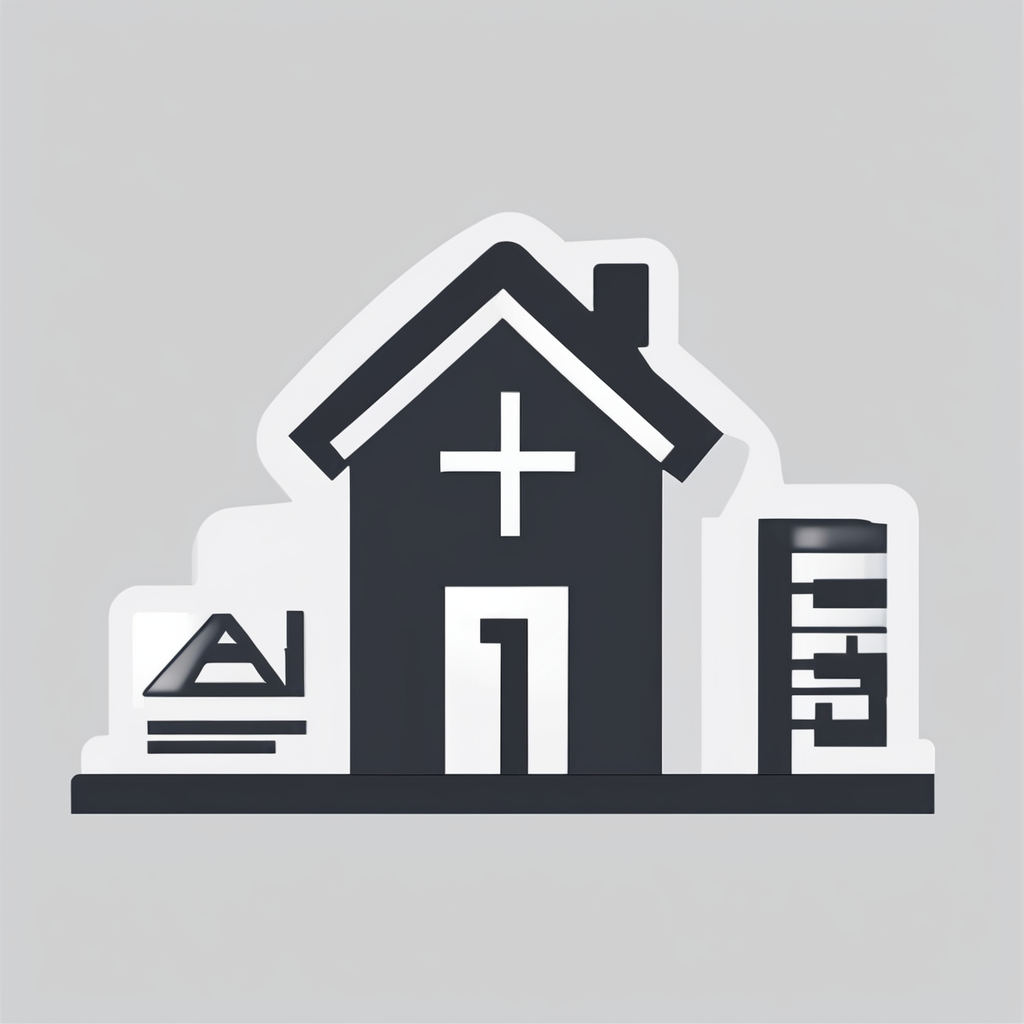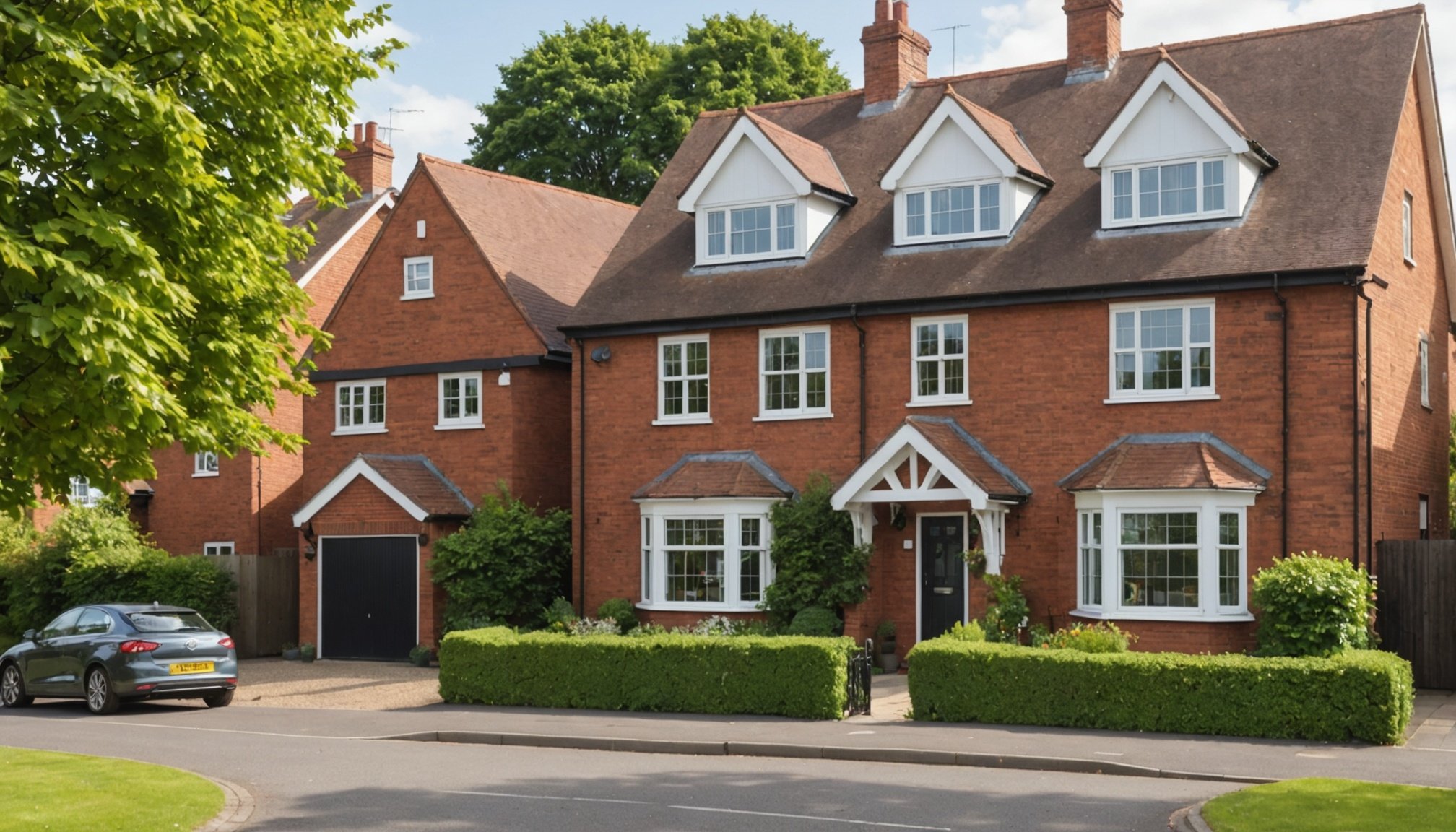Overview of Architectural Styles in the UK
Understanding architectural styles in the UK is crucial for grasping how they shape our living environments and affect insurance premiums. UK homes boast a rich tapestry of architectural designs, ranging from medieval timber-framed houses to modern minimalist constructions.
Major Architectural Styles
- Tudor Style: Characterized by half-timbering, steep gabled roofs, and tall windows. Originating in the 16th century, this style represents the transitional period from the medieval era to the Renaissance.
- Georgian Style: Known for its symmetry and classical proportions, Georgian architecture, prevalent from 1714 to 1830, often features sash windows and brick facades.
- Victorian Style: Flourishing during Queen Victoria’s reign, this style includes ornate detailing, bay windows, and steep roofs, reflecting the advancements of the Industrial Revolution.
These styles not only define historical periods but also influence insurance premiums. Historical homes, for instance, might be costlier to insure due to preservation requirements and specialized repair needs. Insurers assess architectural styles to determine risks, such as fire hazard potential and construction durability. In this way, architectural styles hold significant weight in insurance assessments, offering a unique perspective into the symbiosis of history and modernity in the UK housing market.
Topic to read : Assessing the Fit: Choosing a Fixed-Rate Mortgage for Your Second Home Purchase in the UK
How Architectural Styles Affect Home Insurance Premiums
Understanding how architectural styles influence insurance premiums can offer valuable insights for homeowners. Different styles often correlate with variations in risk, impacting the cost of coverage.
Statistical data reveals noticeable discrepancies based on design. For example, Victorian homes, with their intricate details, are generally more costly to insure due to high maintenance and repair challenges. In contrast, modern homes with streamlined designs often result in lower premiums due to simpler construction and reduced risk factors.
Also to discover : Ultimate Guide to Selecting Optimal Insurance for Multi-Unit Residential Properties in Manchester
Consider case studies: a craftsman-style house in a neighbourhood prone to wildfires increased coverage costs due to flammable materials. Conversely, a contemporary home with fire-resistant features experienced lower premiums despite its location. These examples underscore the architectural impact on cost.
Expert insights shed light on underwriting criteria influenced by style. Insurers assess not only the materials used but also the complexity of architectural designs. A home with numerous ornamental features might require specialized skills for repairs, increasing potential expenses for insurers and thereby affecting cost factors.
When evaluating insurance premiums, it becomes clear that the design of a home is not merely about aesthetics but also a significant determinant in financial planning for home insurance.
Factors Influencing Home Insurance Beyond Architectural Style
When exploring home insurance, it’s vital to understand how various insurance factors determine your premium. While many consider architectural style a significant element, there are vital additional considerations.
Location plays a crucial role in shaping insurance costs. Homes in areas prone to natural disasters, such as floods or earthquakes, often incur higher premiums. Insurers perform a detailed risk assessment based on these geographic risks to set rates appropriately.
The age of the property also contributes markedly to insurance premiums. Older homes may present more risks due to outdated structures or electrical systems, leading to increased insurance costs. Conversely, newer homes generally benefit from enhanced safety standards.
Additionally, materials and structural integrity substantially influence insurance prices. Homes constructed with fire-resistant or impact-resistant materials can be perceived as less risky by insurers, often resulting in more favourable terms.
Finally, local building codes and regulations significantly impact insurance policies. Environments with stringent construction rules may see lower premiums because these regulations ensure improved safety and reduced loss likelihood.
Homeowners need to comprehend these insurance factors to navigate their coverage options effectively, allowing them to make well-informed decisions ensuring adequate protection for their homes.
Comparison of Insurance Premium Examples Across Different Architectural Styles
Understanding how various architectural styles impact your insurance premium comparison can offer valuable insights for homeowners. Different styles come with unique features and risks, influencing the insurance rates.
Traditional Styles
Insurance premiums for traditional architectural styles, such as Colonial or Victorian homes, often reflect the building materials and design complexity. These homes may require special considerations due to older construction methods, leading to higher insurance rates. Renovations and updates to these homes can impact rates, particularly when modernizing electrical systems or plumbing to meet current standards.
Modern Styles
Modern homes typically boast contemporary designs with simplified structures that can result in more competitive insurance premiums. Features like open floor plans, energy-efficient materials, and advanced safety systems may contribute to lower insurance costs. However, unique installations, such as expansive glass areas, might increase the premiums due to heightened vulnerability to damage.
Heritage and Listed Buildings
Insuring heritage and listed buildings presents unique challenges due to strict regulations governing their preservation. The premium comparison for these properties usually reveals higher rates, reflecting the increased restoration costs and specialist skills needed for repairs. Insurance rates can also be affected by location, as properties in historically significant areas might face more regulations and higher maintenance costs.
Tips for Homeowners to Manage Insurance Costs Related to Architectural Style
As a homeowner, understanding the cost management of your property’s insurance is crucial. Your home’s architectural considerations significantly impact insurance premiums. Here are some tips to navigate this effectively.
Maintaining your property value is essential. Regularly assess your home for necessary repairs, as this can prevent costly claims. Updating systems such as the roof, plumbing, and electrical can also minimize potential risks. Homes with distinct architectural features may have unique vulnerabilities; thus, conducting routine inspections is advisable to uphold safety standards.
Improving your property’s insurability is possible, regardless of its architectural style. One effective strategy is installing safety features like smoke detectors, security systems, and storm shutters. These enhancements reduce risk and may qualify you for discounts.
Consultation with insurance brokers is invaluable for obtaining tailored policies. Brokers have the expertise to recommend coverage tailored to your home’s specific architectural features. They can guide you through options that offer protection without exorbitant costs.
Ultimately, by combining these proactive measures and leveraging professional advice, managing insurance costs becomes a practical goal achievable by any homeowner.











